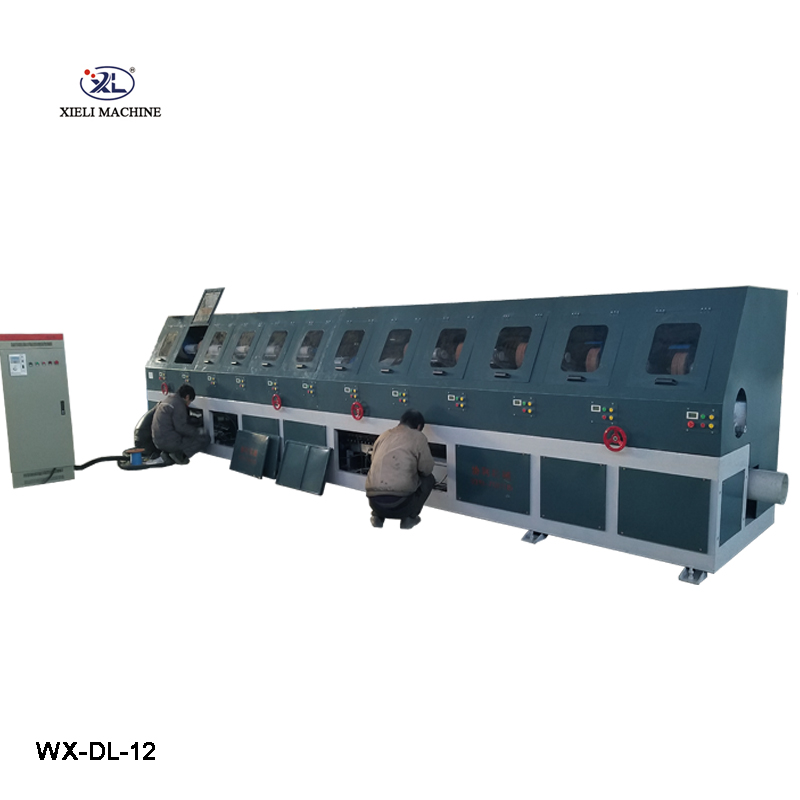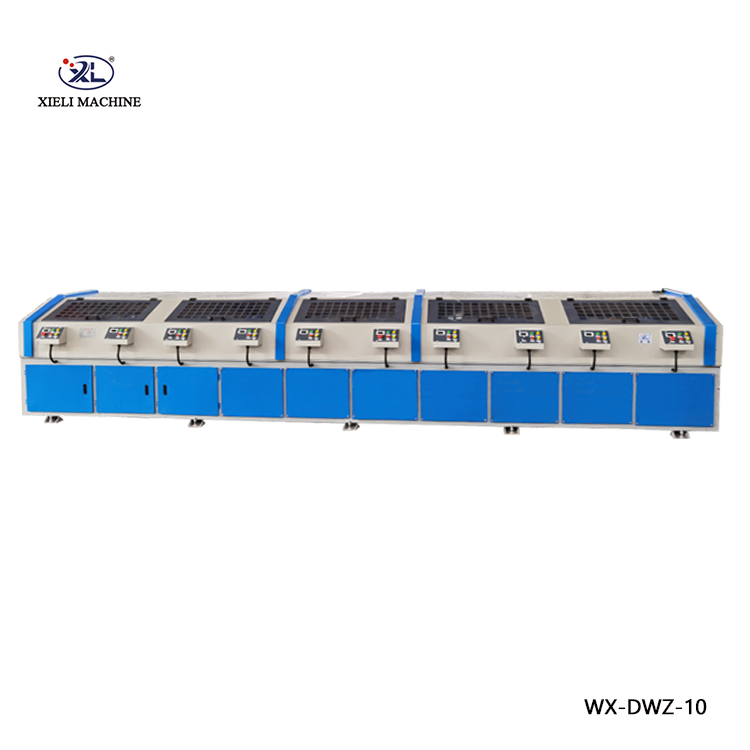Centerless Cylindrical Grinding An Overview
Centerless cylindrical grinding is a highly efficient machining process used to produce cylindrical parts with precision and accuracy. Unlike traditional cylindrical grinding processes, where the workpiece is held between two centers, centerless grinding utilizes a unique setup that allows for continuous and uninterrupted machining of parts with little human intervention.
The fundamental principle behind centerless grinding lies in the arrangement of the grinding wheel and the regulating wheel. In a typical centerless grinding system, the workpiece is placed on a workrest between these two wheels. The grinding wheel, rotating at a high speed, removes material from the outer diameter of the part, while the regulating wheel, which spins at a lower speed, controls the rotation and positioning of the workpiece. This setup allows for a consistent and precise grind without the need for special fixtures, making it an ideal solution for mass production.
One of the key advantages of centerless cylindrical grinding is its ability to produce parts with tight tolerances and superior surface finishes. This process is widely used for manufacturing components in various industries, including automotive, aerospace, medical, and electronics. For instance, it is common to see centerless grinding employed in the creation of shafts, pins, and bearings, where precision is critical.
centerless cylindrical grinding

The versatility of centerless grinding also extends to the types of materials that can be processed. It effectively handles a wide range of metals, from soft materials like aluminum to harder materials such as stainless steel and titanium. The ability to use various grinding wheels, including diamond and CBN (cubic boron nitride), further enhances the capability of the process, enabling it to tackle a variety of applications.
Moreover, one of the significant benefits of centerless grinding is its efficiency. The continuous nature of the process allows for higher production rates compared to traditional grinding methods. Operators can load multiple parts at once, minimizing downtime and maximizing productivity. Additionally, since there is no need for part clamping as seen in conventional setups, the risk of part distortion is greatly reduced, ensuring the integrity of the finished product.
However, centerless grinding is not without its challenges. Proper setup and alignment are crucial for achieving optimal results. Misalignment can lead to inconsistent grinding and excessive wear on the wheels, potentially compromising the quality of the finished part. Furthermore, operators must have a sound understanding of the grinding parameters, such as wheel speed and feed rate, to achieve the desired tolerances and surface finishes.
In conclusion, centerless cylindrical grinding is a highly efficient and versatile machining process that plays a crucial role in the manufacturing of precision components. By understanding its principles, benefits, and challenges, manufacturers can effectively leverage this technology to enhance productivity and maintain high standards of quality in their operations. As industries continue to evolve and demand greater precision, centerless grinding will remain a valuable technique in the machining landscape.





